What a summer it’s turning out to be—and there’s still plenty of it left! While long-term forecasts can be wildly off, if this summer’s dry weather pattern holds, it may be awhile before we see any worthwhile amount of rain. So, as you take care of your yard and garden, what can you do to keep things green while also being water-wise?
First, remember that it’s almost always better to water less often for longer amounts of time. The exception to that rule is newly-planted grass or plants. For anything with a developing root system, avoid wide swings between wet and dry; once established, though, grass and plants will develop stronger, deeper root systems with less frequent but longer soaking.
If you don’t have an irrigation system for your shrubs and perennials, use a soaker or weeper hose to deeply water your beds to a depth of six inches as needed or one to two times a week. Once you’ve determined how often and for how long you need to water your plants, attach a battery-powered timer to your hose to simplify the process and ensure faithful watering even when you’re on vacation.
Second, water at the right time of day. While a cool shower may feel great for people and pets on a hot summer afternoon, mid-day watering for your lawn and plants can waste a lot of water due to evaporation. Rather, schedule your watering for early morning, and if necessary, water containers or hanging baskets again in the evening. If at all possible, avoid watering your lawn in the evening as grass that remains wet overnight is more susceptible to disease.
Third, add a fresh layer of bark mulch or compost to your flowerbeds. While most people add mulch for the beauty and added curb appeal it provides, in does a lot more than just improve the looks of your yard. A three inch layer of mulch spread in your beds will help hold moisture, reduce weeds and stop your soil from compacting, which prevents water from absorbing. If it’s been a couple of years since you last added mulch around your plants, doing so can reduce the water needs of your plants by as much as 25-50%, so don’t miss out on this great way to both save water and beautify your yard in one step.
Now, the most common time for planting shrubs, trees, and perennials is during cool, damp weather—early to late spring and again in the autumn—but sometimes you either find a plant you can’t live without or you simply want or need to plant in summer. If so, no worries—you can do it! In reality, planting in warm summer soil will allow your plants to root out faster than any other time of year.
To ensure a smooth transition from a nursery pot into the ground, I always use a plant starter like Bonide Root & Grow or Espoma Bio-Tone. Both of these products are designed to reduce transplant stress and promote fast rooting. Especially during the summer months, a good transplant fertilizer is invaluable to ensuring your newly-installed plants thrive. At Vander Giessen’s, we carry both Root & Grow and Bio-Tone; we can help determine the best option for your garden.
This summer’s heat is definitely trying, but armed with proper knowledge of how to care for your yard, your plants and grass can not only survive, but thrive. Enjoy your garden this summer—and stay cool!


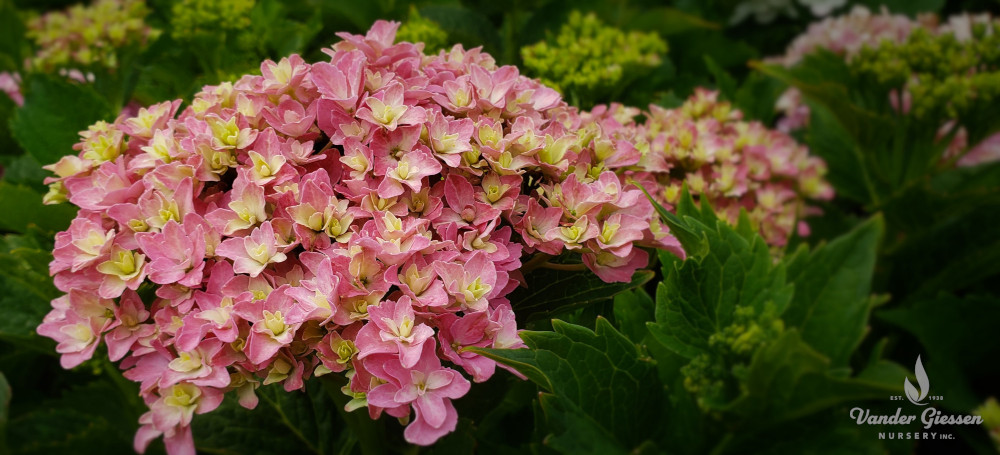
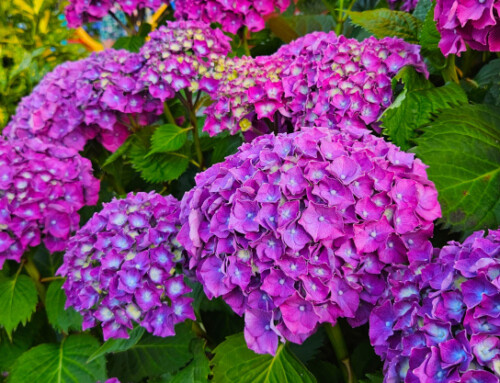
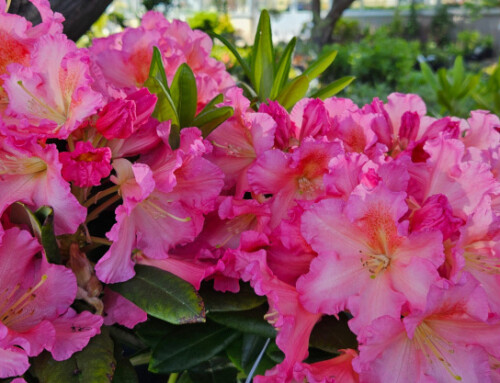
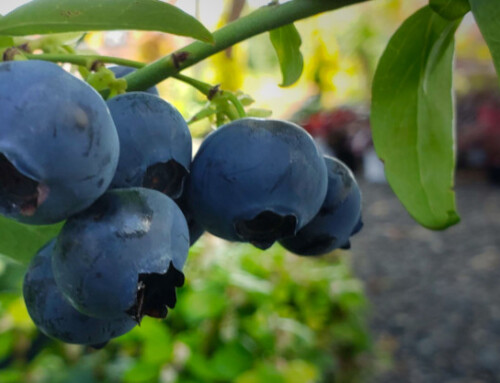
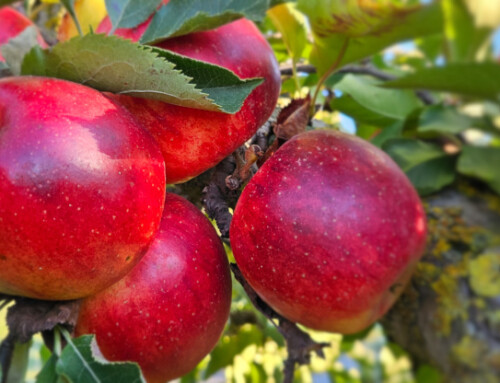
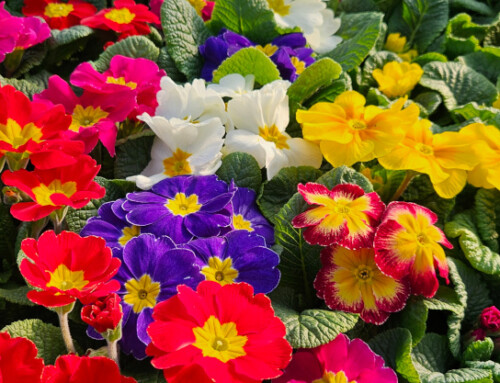
Leave A Comment